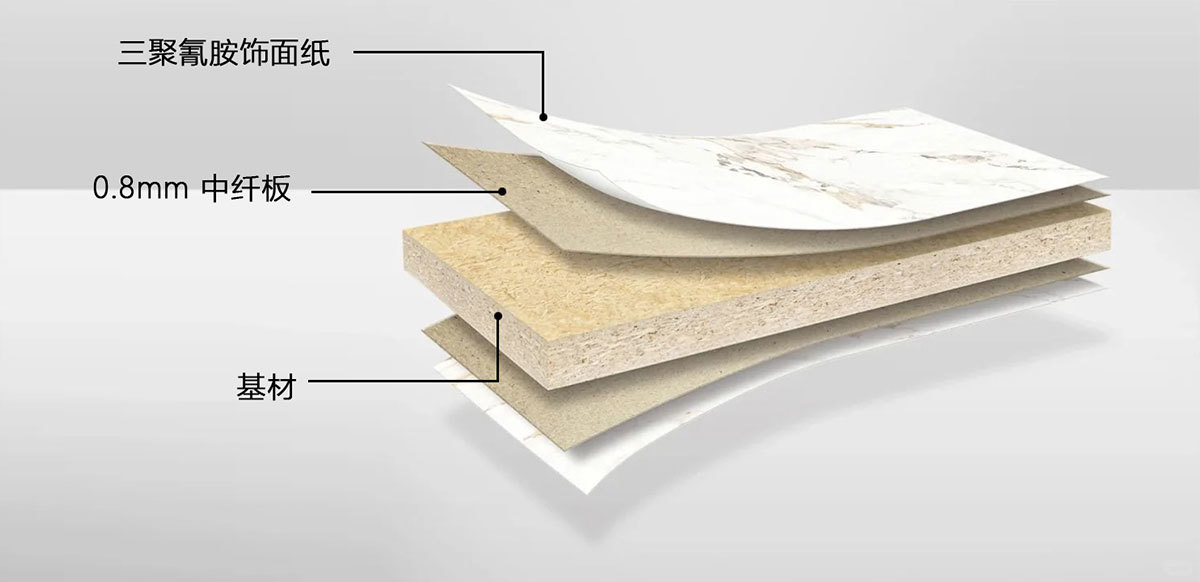Exploring the Versatility and Benefits of Wood Veneer in Architectural Design
Jul 06,2025

Wood veneer is a thin layer, typically less than 3mm thick, sliced from a log of wood. This process preserves the natural beauty and grain of the wood while allowing it to be used in applications where solid wood might be impractical or too heavy. One of the defining features of wood veneer is its ability to showcase the unique patterns and textures of different wood species, providing designers with a wide array of aesthetic options.
In architectural design, wood veneer can be applied to a variety of surfaces, including walls, ceilings, furniture, and cabinetry. Its lightweight nature makes it an ideal choice for projects where reducing weight is crucial, such as in commercial installations or high-rise buildings. Additionally, wood veneer can be easily manipulated and shaped, allowing for creative and intricate designs that enhance the overall look of a space.
From a sustainability perspective, utilizing wood veneer is an environmentally friendly option. By using thin layers of wood, manufacturers can maximize the yield from each log, reducing waste and promoting responsible forestry practices. Many suppliers now offer veneers sourced from sustainably managed forests, ensuring that designers can make eco-conscious choices without compromising on quality.
The benefits of wood veneer extend beyond its aesthetic and environmental qualities. It also provides excellent sound absorption and thermal insulation properties, making it an effective choice for enhancing the acoustics of a room or improving energy efficiency in buildings. Moreover, wood veneer can be finished with various coatings, enhancing its durability and resistance to wear and tear, which is essential for high-traffic areas.
In conclusion, wood veneer serves as a remarkable material that combines beauty, sustainability, and practicality in architectural and decorative projects. Its versatility allows professionals to create stunning designs while embracing eco-friendly practices. As the building and decoration industry continues to evolve, wood veneer remains a valuable option for those looking to make a sophisticated and responsible choice in their designs.
In architectural design, wood veneer can be applied to a variety of surfaces, including walls, ceilings, furniture, and cabinetry. Its lightweight nature makes it an ideal choice for projects where reducing weight is crucial, such as in commercial installations or high-rise buildings. Additionally, wood veneer can be easily manipulated and shaped, allowing for creative and intricate designs that enhance the overall look of a space.
From a sustainability perspective, utilizing wood veneer is an environmentally friendly option. By using thin layers of wood, manufacturers can maximize the yield from each log, reducing waste and promoting responsible forestry practices. Many suppliers now offer veneers sourced from sustainably managed forests, ensuring that designers can make eco-conscious choices without compromising on quality.
The benefits of wood veneer extend beyond its aesthetic and environmental qualities. It also provides excellent sound absorption and thermal insulation properties, making it an effective choice for enhancing the acoustics of a room or improving energy efficiency in buildings. Moreover, wood veneer can be finished with various coatings, enhancing its durability and resistance to wear and tear, which is essential for high-traffic areas.
In conclusion, wood veneer serves as a remarkable material that combines beauty, sustainability, and practicality in architectural and decorative projects. Its versatility allows professionals to create stunning designs while embracing eco-friendly practices. As the building and decoration industry continues to evolve, wood veneer remains a valuable option for those looking to make a sophisticated and responsible choice in their designs.









